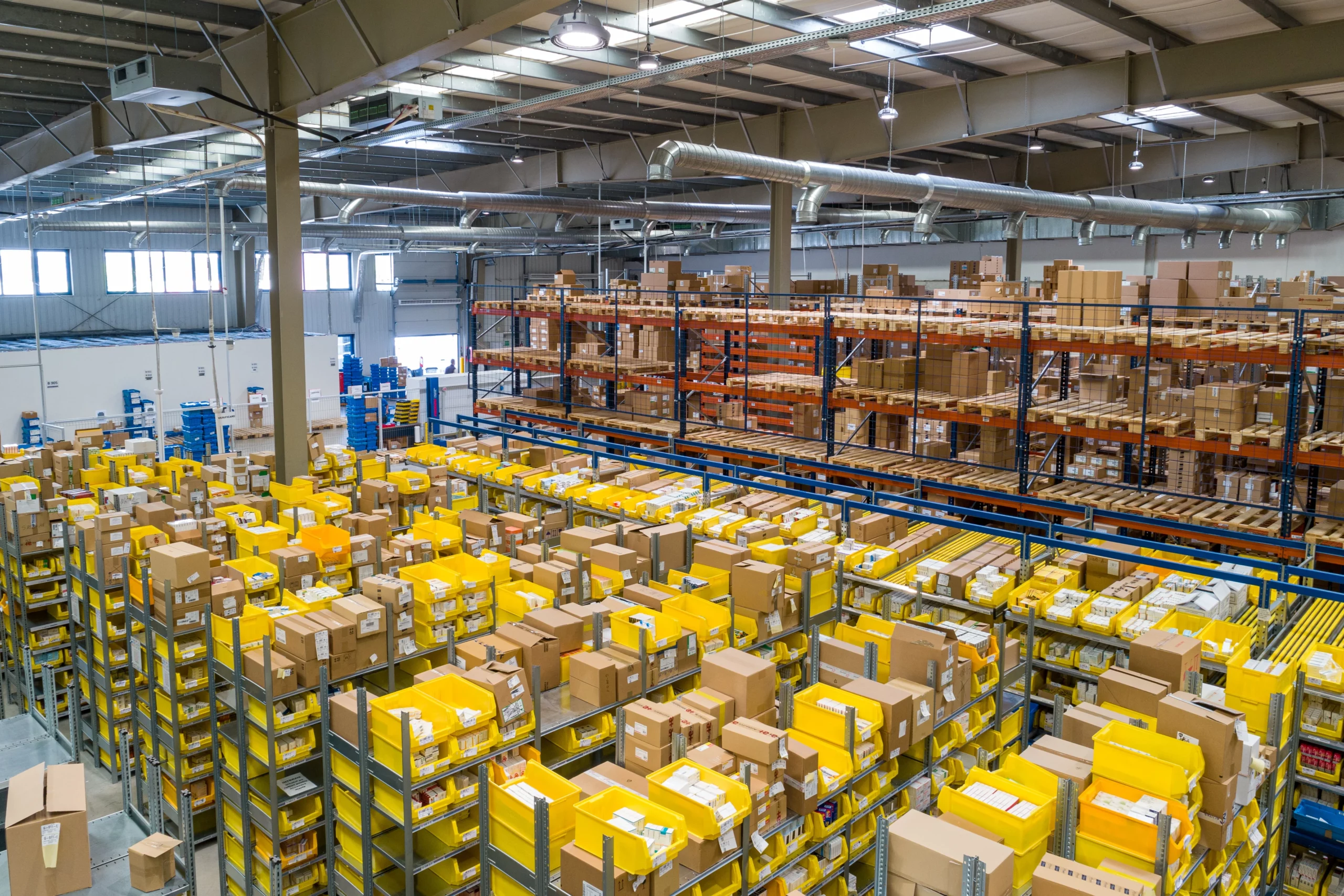Today, Amazon declared that the opening 24 hours of its Prime Day event was the “single largest sales day in company history” and that the two-day event was the “biggest Amazon Prime Day ever.”
According to Adobe Analytics data, consumers in the U.S. spent $12.7 billion during the two-day event, a 6.1% increase from the previous year. This figure established a new record for Prime Day. Amazon’s Prime Day event occurred on July 11 and 12 this year.
Shoppers bought more than 375 million items during Amazon’s two-day sale event, an increase from 300 million items sold last year. On the first day of the event, U.S. sales grew almost 6% year-over-year to $6.4 billion, according to Adobe.
The second day of Prime Day saw consumers spend $6.3 billion, a 6.4% year-over-year increase. In response, Amazon’s shares rose to 2.1% in pre-market trading on Thursday.
This year, customers increased their average order size to $54.05 from $52.26 during last year’s Prime Day event, according to data firm Numerator. Amazon reported that Prime members saved over $2.5 billion during the sales event, the most ever saved during a Prime Day event.
Home goods, fashion, and beauty were popular categories among shoppers, and Adobe noticed that sales surged on the second day of the event across a few different categories.
4% year over year. Consumers bought appliances 52% more than the average daily sales in June. Housekeeping supplies increased 27%, electronics rose 15%, apparel surged 24%, and office supplies skyrocketed 76% due to back-to-school shoppers.
Additionally, Adobe’s data shows that people feel increasingly more comfortable shopping on their phones, with smartphones driving 44.8% of sales on the second day of the sales event, an increase from 41.4% in the same period the previous year.
Consumers used Buy Now Pay Later (BNPL) for 6.5% of orders over the two days, generating $927 million in revenue, a 20% increase compared to the previous year. Adobe reports that BNPL usage is primarily driven by apparel, furniture/home, and electronics categories.
Vivek Pandya, a lead analyst at Adobe Digital Insights, stated that for months, inflation and an uncertain economic environment have impacted consumers, pushing them to find more flexible ways to manage their spending around the Prime Day event.
See Also: Mobile Apps News Updates
He added that the revenue growth seen from Buy Now Pay Later is a preview of what shoppers can expect in the months ahead, especially as the holiday shopping season approaches.
In 2015, Amazon launched its first Prime Day event and has hosted it annually since then. The sale offers the company the chance to gain new paying customers and strengthen its relationship with existing ones.
In addition, Amazon uses the sale to market its Echo smart speakers and Fire tablets. Last year, Amazon held two Prime Day sales, on July 12-13 and October 11-12.
Does Amazon plan to hold two Prime Day events this year?


